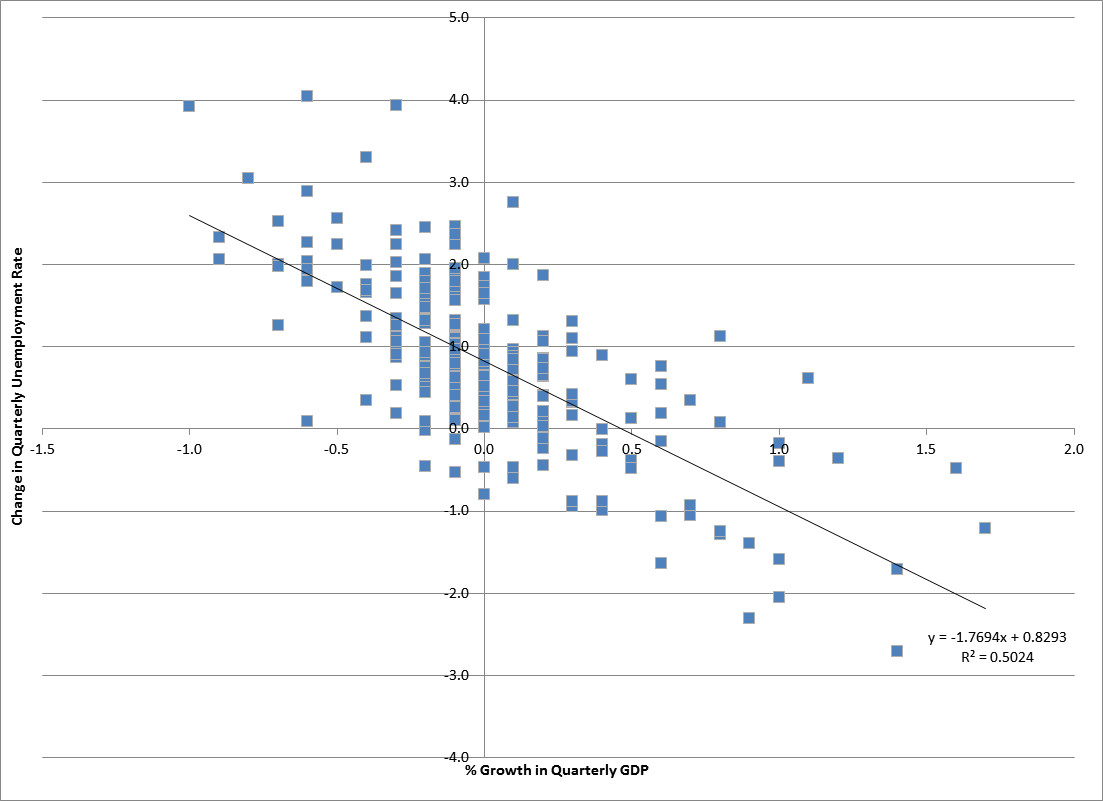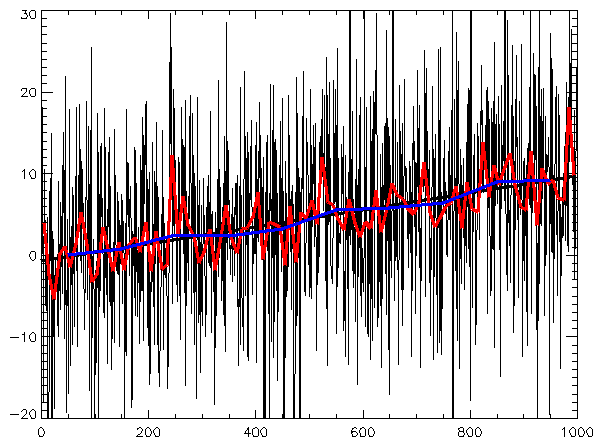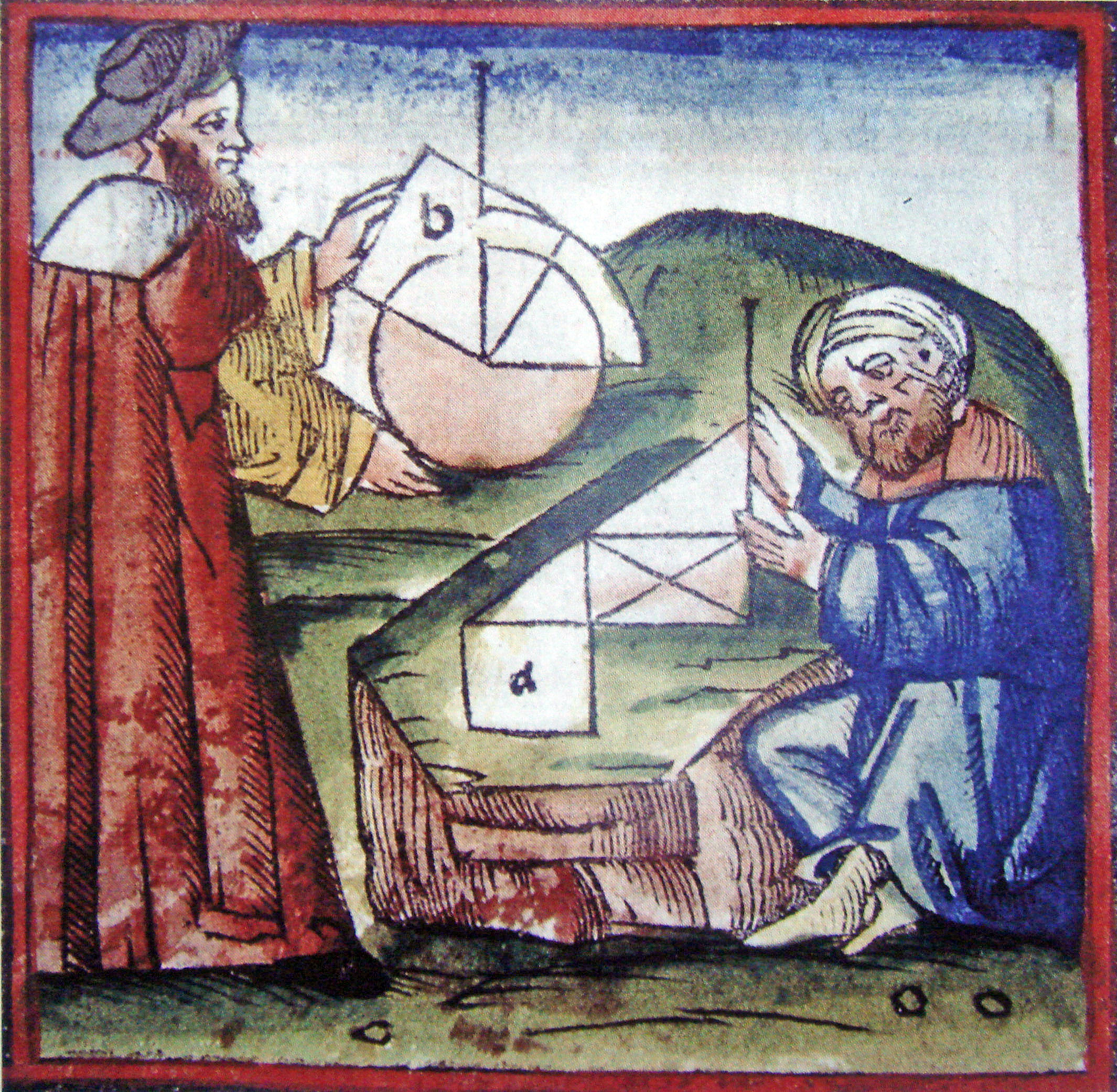|
Georges Darmois
Georges Darmois (24 June 1888 – 3 January 1960) was a French mathematician and statistician. He pioneered in the theory of sufficiency, in stellar statistics, and in factor analysis. He was also one of the first French mathematicians to teach British mathematical statistics. He is one of the eponyms of the Koopman–Pitman–Darmois theorem and sufficient statistics and exponential families. Biography Darmois was born on 24 June 1888 in Éply. He was admitted to École normale supérieure in 1906 and passed subsequently the agrégation de mathematiques in 1909. From 1911 to 1914, he was a qualified assistant (agrégé préparateur) at the École normale supérieure, where his scientific activities were directed by Émile Borel who rapidly appreciated his talent. Darmois earned his doctorate from the University of Paris in 1921. He defended a thesis on algebraic curves and partial differential equations before the jury consisting of Émile Picard and Édouard Go ... [...More Info...] [...Related Items...] OR: [Wikipedia] [Google] [Baidu] |
Éply
Éply () is a commune in the Meurthe-et-Moselle department Department may refer to: * Departmentalization, division of a larger organization into parts with specific responsibility Government and military *Department (administrative division), a geographical and administrative division within a country, ... in north-eastern France. See also * Communes of the Meurthe-et-Moselle department References Communes of Meurthe-et-Moselle {{MeurtheMoselle-geo-stub ... [...More Info...] [...Related Items...] OR: [Wikipedia] [Google] [Baidu] |
Agrégation
In France, the ''agrégation'' () is a competitive examination for civil service in the French public education system. Candidates for the examination, or ''agrégatifs'', become ''agrégés'' once they are admitted to the position of ''professeur agrégé''. In France, ''professeurs agrégés'' are distinguished from ''professeurs certifiés'' recruited through the CAPES training. The ''agrégés'' are usually expected to teach in sixth-form colleges ('' lycées'') and universities, while the ''certifiés'' usually teach in secondary schools ('' collèges''), although there is a significant overlap. The examination may require more than a year of preparation. The difficulty and selectivity (quota) vary from one discipline to another: there are about 300 such positions open each year for mathematics alone, but usually fewer positions are made available for humanities and social sciences (for example, 61 positions for philosophy were offered in 2018) and perhaps only one seat i ... [...More Info...] [...Related Items...] OR: [Wikipedia] [Google] [Baidu] |
Econometric Society
The Econometric Society is an international society of academic economists interested in applying statistical tools to their field. It is an independent organization with no connections to societies of professional mathematicians or statisticians. It was founded on December 29, 1930, at the Statler Hotel in Cleveland, Ohio. Its first president was Irving Fisher. As of 2014, there are about 700 Elected Fellows of the Econometric Society, making it one of the most prevalent research affiliations. New fellows are elected each year by the current fellows. The sixteen founding members were Ragnar Frisch, Charles F. Roos, Joseph A. Schumpeter, Harold Hotelling, Henry Schultz, Karl Menger, Edwin B. Wilson, Frederick C. Mills, William F. Ogburn, J. Harvey Rogers, Malcolm C. Rorty, Carl Snyder, Walter A. Shewhart, Øystein Ore, Ingvar Wedervang and Norbert Wiener. The first president was Irving Fisher. The Econometric Society sponsors the Economics academic journal ''Econometri ... [...More Info...] [...Related Items...] OR: [Wikipedia] [Google] [Baidu] |
Econometrica
''Econometrica'' is a peer-reviewed academic journal of economics, publishing articles in many areas of economics, especially econometrics. It is published by Wiley-Blackwell on behalf of the Econometric Society. The current editor-in-chief An editor-in-chief (EIC), also known as lead editor or chief editor, is a publication's editorial leader who has final responsibility for its operations and policies. The highest-ranking editor of a publication may also be titled editor, managing ... is Guido Imbens. History ''Econometrica'' was established in 1933. Its first editor was Ragnar Frisch, recipient of the first Nobel Memorial Prize in Economic Sciences in 1969, who served as an editor from 1933 to 1954. Although ''Econometrica'' is currently published entirely in English, the first few issues also contained scientific articles written in French. Indexing and abstracting ''Econometrica'' is abstracted and indexed in: * Scopus * EconLit * Social Science Citation Inde ... [...More Info...] [...Related Items...] OR: [Wikipedia] [Google] [Baidu] |
Econometrics
Econometrics is the application of statistical methods to economic data in order to give empirical content to economic relationships.M. Hashem Pesaran (1987). "Econometrics," '' The New Palgrave: A Dictionary of Economics'', v. 2, p. 8 p. 8–22 Reprinted in J. Eatwell ''et al.'', eds. (1990). ''Econometrics: The New Palgrave''p. 1p. 1–34Abstract (2008 revision by J. Geweke, J. Horowitz, and H. P. Pesaran). More precisely, it is "the quantitative analysis of actual economic phenomena based on the concurrent development of theory and observation, related by appropriate methods of inference". An introductory economics textbook describes econometrics as allowing economists "to sift through mountains of data to extract simple relationships". Jan Tinbergen is one of the two founding fathers of econometrics. The other, Ragnar Frisch, also coined the term in the sense in which it is used today. A basic tool for econometrics is the multiple linear regression model. ''Econometric the ... [...More Info...] [...Related Items...] OR: [Wikipedia] [Google] [Baidu] |
Time Series
In mathematics, a time series is a series of data points indexed (or listed or graphed) in time order. Most commonly, a time series is a sequence taken at successive equally spaced points in time. Thus it is a sequence of discrete-time data. Examples of time series are heights of ocean tides, counts of sunspots, and the daily closing value of the Dow Jones Industrial Average. A time series is very frequently plotted via a run chart (which is a temporal line chart). Time series are used in statistics, signal processing, pattern recognition, econometrics, mathematical finance, weather forecasting, earthquake prediction, electroencephalography, control engineering, astronomy, communications engineering, and largely in any domain of applied science and engineering which involves temporal measurements. Time series ''analysis'' comprises methods for analyzing time series data in order to extract meaningful statistics and other characteristics of the data. Time series ''for ... [...More Info...] [...Related Items...] OR: [Wikipedia] [Google] [Baidu] |
Statistics
Statistics (from German: '' Statistik'', "description of a state, a country") is the discipline that concerns the collection, organization, analysis, interpretation, and presentation of data. In applying statistics to a scientific, industrial, or social problem, it is conventional to begin with a statistical population or a statistical model to be studied. Populations can be diverse groups of people or objects such as "all people living in a country" or "every atom composing a crystal". Statistics deals with every aspect of data, including the planning of data collection in terms of the design of surveys and experiments.Dodge, Y. (2006) ''The Oxford Dictionary of Statistical Terms'', Oxford University Press. When census data cannot be collected, statisticians collect data by developing specific experiment designs and survey samples. Representative sampling assures that inferences and conclusions can reasonably extend from the sample to the population as a whole. An ex ... [...More Info...] [...Related Items...] OR: [Wikipedia] [Google] [Baidu] |
Physics
Physics is the natural science that studies matter, its fundamental constituents, its motion and behavior through space and time, and the related entities of energy and force. "Physical science is that department of knowledge which relates to the order of nature, or, in other words, to the regular succession of events." Physics is one of the most fundamental scientific disciplines, with its main goal being to understand how the universe behaves. "Physics is one of the most fundamental of the sciences. Scientists of all disciplines use the ideas of physics, including chemists who study the structure of molecules, paleontologists who try to reconstruct how dinosaurs walked, and climatologists who study how human activities affect the atmosphere and oceans. Physics is also the foundation of all engineering and technology. No engineer could design a flat-screen TV, an interplanetary spacecraft, or even a better mousetrap without first understanding the basic laws of physics ... [...More Info...] [...Related Items...] OR: [Wikipedia] [Google] [Baidu] |
General Relativity
General relativity, also known as the general theory of relativity and Einstein's theory of gravity, is the geometric theory of gravitation published by Albert Einstein in 1915 and is the current description of gravitation in modern physics. General relativity generalizes special relativity and refines Newton's law of universal gravitation, providing a unified description of gravity as a geometric property of space and time or four-dimensional spacetime. In particular, the ' is directly related to the energy and momentum of whatever matter and radiation are present. The relation is specified by the Einstein field equations, a system of second order partial differential equations. Newton's law of universal gravitation, which describes classical gravity, can be seen as a prediction of general relativity for the almost flat spacetime geometry around stationary mass distributions. Some predictions of general relativity, however, are beyond Newton's law of universal gr ... [...More Info...] [...Related Items...] OR: [Wikipedia] [Google] [Baidu] |
Geometry
Geometry (; ) is, with arithmetic, one of the oldest branches of mathematics. It is concerned with properties of space such as the distance, shape, size, and relative position of figures. A mathematician who works in the field of geometry is called a '' geometer''. Until the 19th century, geometry was almost exclusively devoted to Euclidean geometry, which includes the notions of point, line, plane, distance, angle, surface, and curve, as fundamental concepts. During the 19th century several discoveries enlarged dramatically the scope of geometry. One of the oldest such discoveries is Carl Friedrich Gauss' ("remarkable theorem") that asserts roughly that the Gaussian curvature of a surface is independent from any specific embedding in a Euclidean space. This implies that surfaces can be studied ''intrinsically'', that is, as stand-alone spaces, and has been expanded into the theory of manifolds and Riemannian geometry. Later in the 19th century, it appeared that geom ... [...More Info...] [...Related Items...] OR: [Wikipedia] [Google] [Baidu] |
Journal Of The Royal Statistical Society
The ''Journal of the Royal Statistical Society'' is a peer-reviewed scientific journal of statistics. It comprises three series and is published by Wiley for the Royal Statistical Society. History The Statistical Society of London was founded in 1834, but would not begin producing a journal for four years. From 1834 to 1837, members of the society would read the results of their studies to the other members, and some details were recorded in the proceedings. The first study reported to the society in 1834 was a simple survey of the occupations of people in Manchester, England. Conducted by going door-to-door and inquiring, the study revealed that the most common profession was mill-hands, followed closely by weavers. When founded, the membership of the Statistical Society of London overlapped almost completely with the statistical section of the British Association for the Advancement of Science. In 1837 a volume of ''Transactions of the Statistical Society of London'' were w ... [...More Info...] [...Related Items...] OR: [Wikipedia] [Google] [Baidu] |
Emile Borel
Emil or Emile may refer to: Literature *''Emile, or On Education'' (1762), a treatise on education by Jean-Jacques Rousseau * ''Émile'' (novel) (1827), an autobiographical novel based on Émile de Girardin's early life *''Emil and the Detectives'' (1929), a children's novel *"Emil", nickname of the Kurt Maschler Award for integrated text and illustration (1982–1999) *''Emil i Lönneberga'', a series of children's novels by Astrid Lindgren Military *Emil (tank), a Swedish tank developed in the 1950s * Sturer Emil, a German tank destroyer People *Emil (given name), including a list of people with the given name ''Emil'' or ''Emile'' *Aquila Emil (died 2011), Papua New Guinean rugby league footballer Other * ''Emile'' (film), a Canadian film made in 2003 by Carl Bessai *Emil (river), in China and Kazakhstan See also * * *Aemilius (other) *Emilio (other) *Emílio (other) *Emilios (other) Emilios, or Aimilios, (Greek: Αιμίλιος) is a ... [...More Info...] [...Related Items...] OR: [Wikipedia] [Google] [Baidu] |



